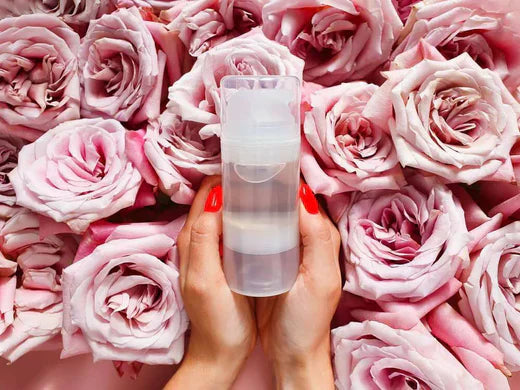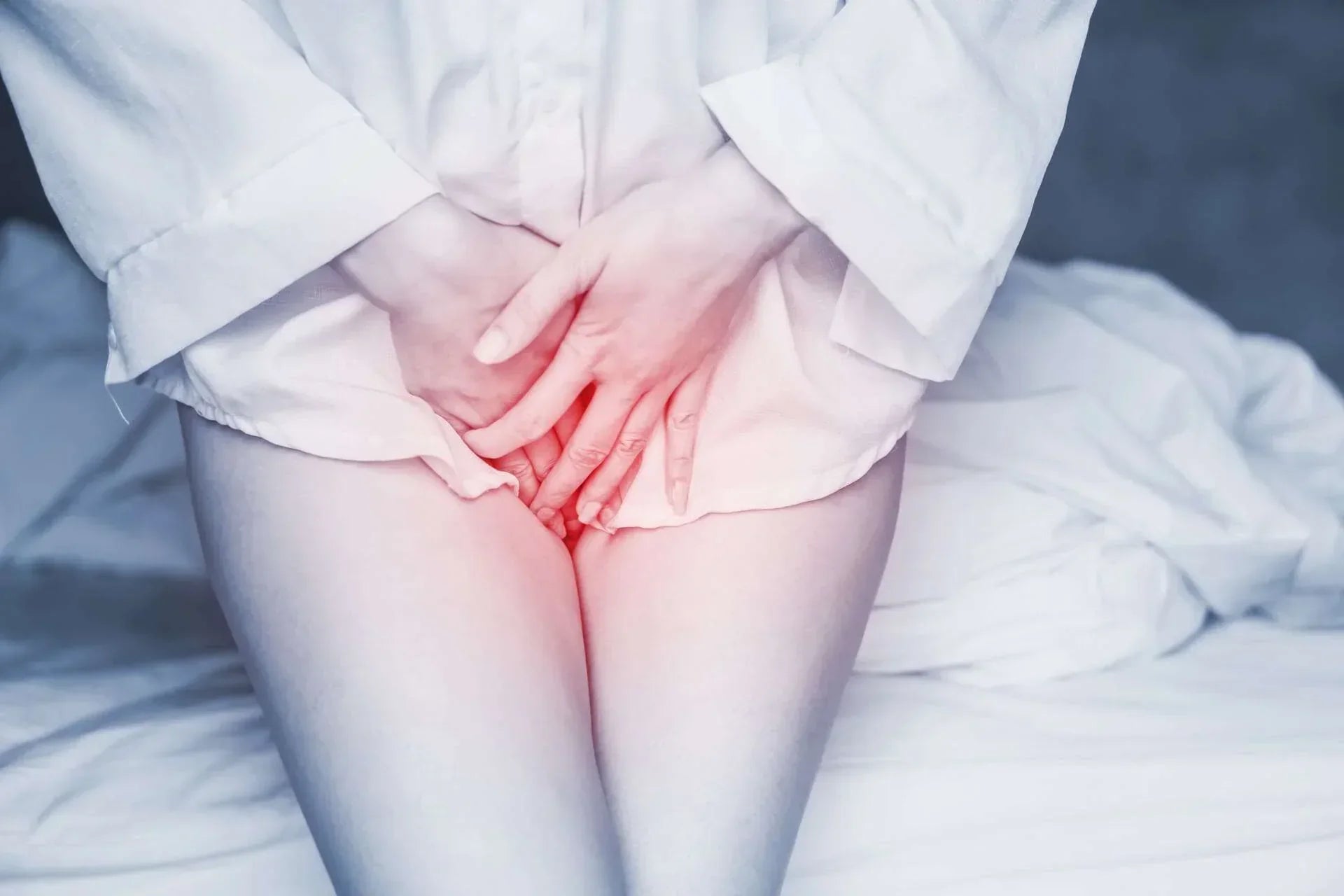Vaginal pH is a crucial indicator of vaginal health. However, there are factors that can alter it and cause discomfort and even predispose to infectious diseases. The menopause can be one of these pH-modifying factors. We will therefore explain how to help your body stay in balance during this stage.
What is vaginal pH?
The pH is a scale that measures the acidity of a substance. It ranges from 0 to 14, where 0 indicates the highest acidity, 7 is considered neutral and 14 is the basic or alkaline end of the scale. In the human body, these levels of acidity are essential for functions such as digestion. As well as protection against bacterial and fungal infections (1).
For the vagina in particular, a normal pH is considered to be between 3.8 and 4.5, which means it is acidic. This acidity helps protect you from germs by killing bacteria, parasites and fungi that can affect your health (1).
Changes in vaginal pH throughout life

The female reproductive system undergoes significant changes throughout life, which in turn causes variations in pH due to a variety of factors. Some of these include (2,3):
- Age. Before puberty, the vaginal pH is a little more basic, being higher than 4.5. During reproductive age, it may even drop to 3.5. However, after menopause, it becomes more basic again, similar to levels before the onset of menstruation.
- Unprotected intercourse. Semen is relatively more alkaline than the vagina, with a pH of around 8.0 (which is normal for the male reproductive system). This can cause temporary changes in the vagina for up to 14 hours, which encourages bacterial growth.
- Antibiotic use. Antibiotics can kill beneficial bacteria, leading to the growth of disease-causing bacteria.
- Excessive cleansing and vaginal douching. These popular practices in the treatment of vaginal odour, conversely, can eliminate normal secretions and disrupt the vaginal flora. This disrupts the balance of the ecosystem.
- Menstrual cycle. Menstrual blood is slightly alkaline and can cause changes in vaginal pH.
Importance of maintaining an acidic pH
The main beneficial bacteria in the vagina is Lactobacillus. It produces an acidic pH that helps eliminate other harmful bacteria, creating an environment designed to protect against sexually transmitted diseases, as well as other micro-organisms that cause vaginitis (4).
Why does the pH change in menopause?
The increase in vaginal pH and the decrease in acidity are mainly due to the reduction in the amount of oestrogen in the body, which is characteristic of this stage. The fall in the levels of this hormone causes alterations in the internal conditions of this organ. Causing vaginal atrophy and affecting the amount of Lactobacillus (4,5).
Tips to maintain vaginal pH balance
There are several changes in your habits that can help improve the pH of your vagina despite hormonal variations. These include (2,6):
- Wash your vulva, not your vagina. Your vagina can clean itself, but your vulva may need help. Use a washcloth with warm water to clean your external genitals, but avoid using douches and vaginal douching.
- Wear cotton underwear and loose-fitting clothes.
- Avoid spending a lot of time in wet underwear or swimming costumes.
- Always dry yourself from front to back when using the toilet.
- Take probiotics to help regulate your vaginal flora.
- Use a condom for all sexual intercourse.
- Stay hydrated to eliminate toxins and regulate vaginal flora.
- Include garlic in your diet as it helps eliminate bacteria.
- Control stress.
- Consume less sugar. Reduce consumption of sodas, breads, refined pasta, ice cream and sweets.
- Avoid smoking and alcohol.
- Exercise regularly.
There is evidence that the use of topical oestrogen or hormone replacement therapy can control pH levels (4). However, we advise you to always consult your doctor. He or she will probably perform a series of tests, including pelvic ultrasound and vaginal cytology. In this way, he or she will assess your physical condition and be able to determine whether these options are favourable for you.
In conclusion, there is no doubt about the importance of vaginal pH in protecting against vaginal infections. Therefore, if you want to prevent disease, remember to follow these tips. You are the protagonist of your health, and knowledge gives you the opportunity to make decisions in favour of your well-being.
Bibliographical references
- WebMD. What is vaginal pH balance?
. 2023 . Available from: https://www.webmd.com/women/what-is-vaginal-ph-balance
- Catlett T. Everything You Need to Know About Your Vaginal pH Balance
. Healthline Media; 2023 . Available from: https://www.healthline.com/health/womens-health/vaginal-ph-balance#medical-attention
- Lin YP, Chen WC, Cheng CM, Shen CJ. Vaginal pH Value for Clinical Diagnosis and Treatment of Common Vaginitis. Diagnostics
. 2021 ;11(11):1996. Available from: https://www.ncbi.nlm.nih.gov/pmc/articles/PMC8618584/
- Min Gu Park, Cho S, Mi Mi Oh. Menopausal Changes in the Microbiome—A Review Focused on the Genitourinary Microbiome. Diagnostics
. 2023 ;13(6):1193–3. Available from: https://www.ncbi.nlm.nih.gov/pmc/articles/PMC10047399/
- Nall R. Vaginal pH balance: Symptoms, remedies, and tests
. Medicalnewstoday.com. 2023 . Available from: https://www.medicalnewstoday.com/articles/322537#what-causes-unbalanced-vaginal-p-h
- Jones B. Natural Remedies to Restore pH Balance
. Verywell Health. 2022 . Available from: https://www.verywellhealth.com/natural-remedies-to-restore-ph-balance-5208998
You May Also Like

JOIN US AND GET 10% OFF
Sign up to our newsletter to access free resources, advice and support.















